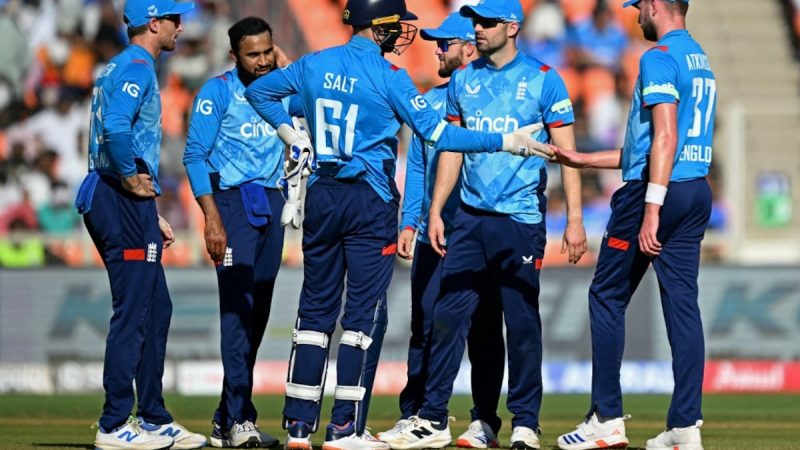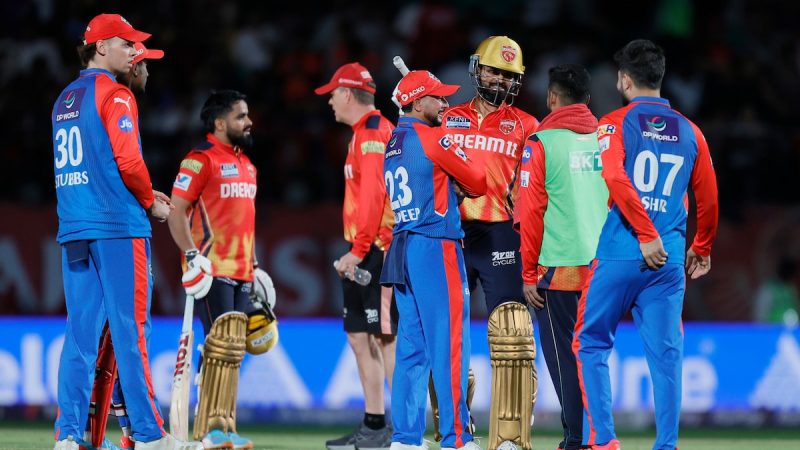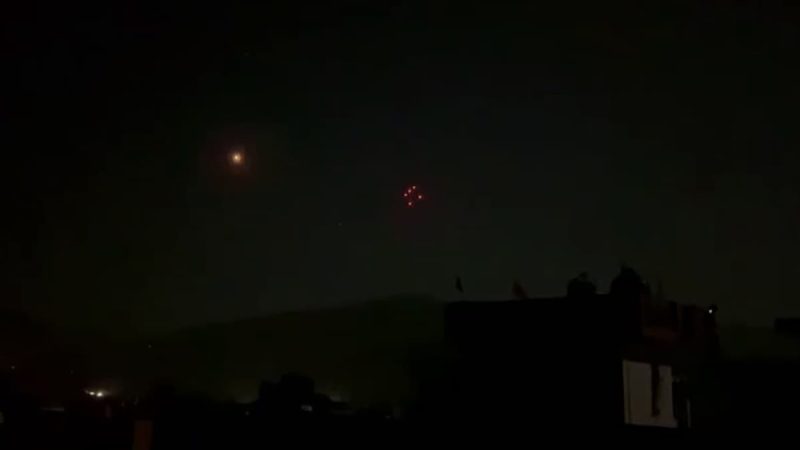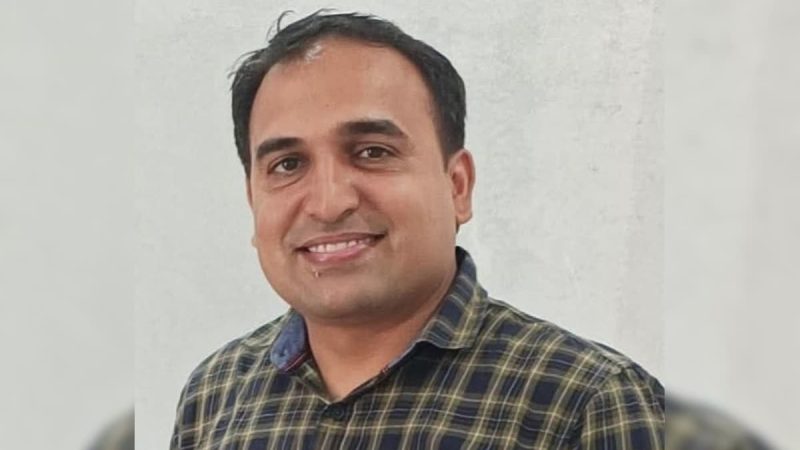Rewind: Victory Forever over Pakistan
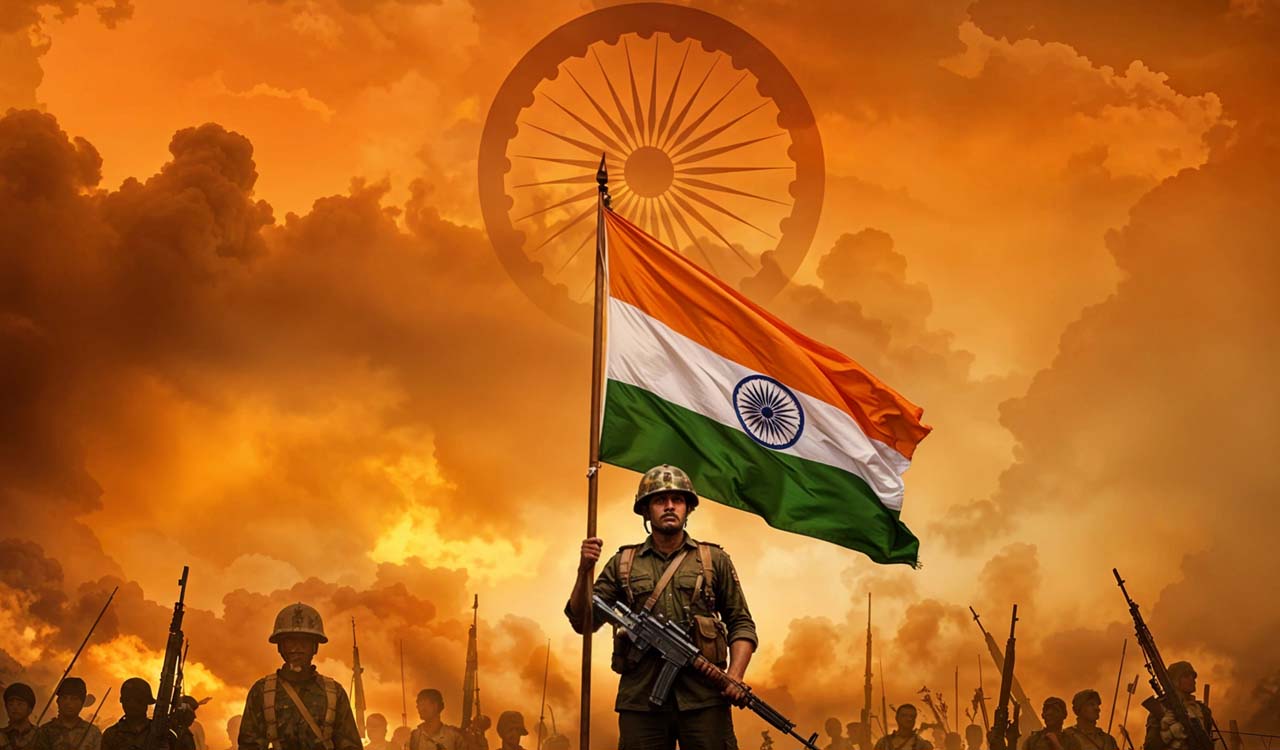
Deal with the entire ecosystem of terror, its supporters, and the strong network of Overground Workers with an iron fist
Published Date – 10 May 2025, 09:37 PM

Photo: Guru G.
By Col Smarajit Ganguly (Retd)
If you know the enemy and know yourself, you need not fear the result of a hundred battles – Sun Tzu
The situation on our western borders took a very long time to manifest itself in its present form. Different people perceive this in different ways, and in the present days of social media dominance, points of view are diverse, and ideologies and emotions go berserk. Where everybody seems to carry their own opinions and has the conviction that it is the only truth, there are these quiet men and women who have lived the truth for years but are quietly going about doing their jobs in the interest of the nation and the nation alone. Yes, I am talking about the officers and men of our defence services.
A Recall of 1999
It was in 1999 that I was first posted to the Line of Control (LoC) after being deployed along the Punjab border during Operation VIJAY. Life on the LoC was very different then. The infrastructure along the forward posts was not as good as it is today. A lot of bunkers were self-help ones that were made locally by the men. Forward posts were connected by foot tracks only (especially in the hill areas), forcing all essential supplies, ammunition and weapons to be brought up either manpacked or on mules. In such a scenario, even casualty evacuation was a nightmare and soldiers often lost their lives due to excessive bleeding even before they were brought to the roadhead to be evacuated by ambulance.
Surveillance equipment was in short supply preventing us from effectively watching over the infiltration routes as we were mostly night-blind except for a few night vision devices which had limited visibility and were inadequate for the job at hand. Even the LoC fence did not exist back then. Due to all such factors, casualties were very high in the event of an unexpected encounter with a large group of infiltrating terrorists and trans-LoC firing (which happened almost every day).
Not much has changed today except that our forces have far better infrastructure at the LoC. State-of-the-art surveillance systems ensure that they are no longer night-blind and have better weaponry to thwart enemy designs
As I familiarised myself with the operational role, I also updated myself about the modus operandi of the terrorists during infiltration. Soon, I learnt that the trained terrorists are brought in vehicles from Muzaffarabad, Kotli, Muridke, Bahawalpur and Balakot-like areas (do the names sound familiar?) and are lodged into staging areas in villages close to the LoC where they get in touch with selected locals of Pak-occupied Jammu & Kashmir who act as guides and help them carry out reconnaissance of the area which they will use to infiltrate from a distance disguised as civilians from the local village.
When the time comes to infiltrate, they move into a staging area, which is usually inside or right next to a Pakistani army post, where they are given weapons, ammunition and essential supplies in rucksacks for their journey. It is also here that they rendezvous with their guide for the infiltration. This guide is also usually aware of the location of the Army patrols and ambush sites en route and tries to avoid them at all costs.
After crossing the LoC, at a designated location, another guide usually picks up the baton to guide the terrorists deeper into their own territory. More often than not, there were fierce firefights upon interception of these terrorists, and that is when the Pakistan army opens up with mortars and other heavy-calibre weapons from their posts to divert our attention and provide cover fire to these terrorists to escape.
Not much has changed today except that our forces have far better infrastructure at the LoC. State-of-the-art surveillance systems ensure that they are no longer night-blind and have better weaponry to thwart enemy designs.
Tryst with 2001
In 2001, I was posted to a Rashtriya Rifles Unit in the Northern part of the Kashmir Valley, which was in a counter-terrorist role in a semi-urban area. Here I learnt that the terrorists who infiltrate from the LoC get divided into groups of 3-4, with each group being called a cell. Each cell conceals itself among the locals who help them with everything until it is time for them to execute their task. They are continuously in communication with their operators across the border and receive their orders directly from there.
The big difference is that they try to avoid prolonged firefights unless forced to on the LoC, and here they are the initiators of violent acts. It is here in the Kashmir Valley that I learnt about the vast and strong network of Overground Workers (OGWs) who provide every kind of help to the terrorists, including guides, hideouts, food, transportation, fake documents and even women if they so desire.
Abrogation of Article 370 brought hope among those Kashmiris who secretly detested the environment of terror – tourists flocked back to their lands and businesses began booming again after almost 30 years of misery
This network of OGWs comprises people from humble origins to highly influential and respected people of the Kashmiri community. It is here that I learnt what religious fanaticism truly meant and how it can affect a whole community so adversely that even basic moral and human values are ignored with a smile.
The indoctrination of a generation of Kashmiris post the massacre of the Pandits had turned them into a society where even a father was scared of his son, just in case he conspired with terrorists to get him shot on the streets. Fear was rife, due to which most people cooperated with OGWs and the terrorists, as they had given in to their fate and took solace in the realm of religion, thinking they were doing the right thing. This created a toxic society, which looked calm on the surface, but the undercurrents of radicalism were strong enough to completely sweep you off your feet. Nothing much changed until the abrogation of Article 370 on 11 December 2023.
Days of Article 370
During the days of Article 370, J&K had its own Constitution and laws, which always allowed the OGWs to escape justice. After the abrogation, when they fell under the jurisdiction of the Indian law system, it became easier for the security and intelligence agencies to deal with these dangerous people who provided support to the terror ecosystem. The OGWs had turned terrorism in J&K into an industry out of which they benefitted financially and it also helped them grab power by creating the element of fear among common people.
Abrogation of Article 370 brought hope among those Kashmiris who secretly detested the environment of terror. Aspirations of common Kashmiris did come true as tourists flocked back to their lands and businesses began booming again after almost 30 years of misery.
Back to Pahalgam
Cut to the present day — a revisit of the Pahalgam terror attack on 22 April 2025 that triggered a dangerous and destructive chain of events. At least four terrorists belonging to The Resistance Force (TRF), an offshoot of Lashkar-e-Taiba, attacked tourists in the Baisaran Valley of Pahalgam, ascertained their religion and shot 26 male tourists at point-blank range, and asked the womenfolk and children to tell the world what they did. This is how terror works; they kill brutally and ensure that an entire populace watches or hears about the same and is terrified.
Of those killed, one man genuinely tried to make sense with them to ensure that the locals involved in tourism do not lose their livelihood and for doing this, Syed Adil Hussain Shah was brutally murdered on the spot. After the incident, we saw pictures of Kashmiris coming together to help tourists by providing them free services and transport.
However, there is another side to the story, too. Two of the four rabid terrorists were Kashmiris. There was an ecosystem of local Kashmiris who provided food, shelter, help in the recce of Pahalgam and logistical support to the terrorists. It is also a matter to be investigated why the tourism department allowed tourist movement in an area that was unsecured with absolutely no presence of security agencies.
Heads must also roll upon pinpointing the cause of this intelligence and security lapse. But the OGWs deserve the harshest punishment for this incident and for destroying tourism so that they can continue to radicalise jobless youth. Of course, the head of the Hydra here is Pakistan, which should be swatted so hard that it remains terrorised itself.
Even in 1991, we had to encounter trained terrorists from Muzaffarabad, Kotli, Muridke, Bahawalpur and Balakot-like areas
With this, I come to the dynamically evolving Indo-Pak standoff that we witness today. Immediately after the attack, Prime Minister Narendra Modi cut short his Saudi Arabia trip and the Cabinet Committee of Security met and discussed the way ahead. Thereafter, it was only a waiting game as the defence forces finalised their plans and quietly moved into their locations from where they would fight. Simultaneously, India launched a diplomatic blitz to isolate Pakistan on the global front.
On the intervening night of 6-7 May 2025, India launched precision attacks on nine terrorist camps across the LoC and the international border. These terrorist camps were located at Bahawalpur, Muridke, Narowal, Sialkot, and Bhimber, 2 locations each in Kotli and Muzaffarabad. These targets were pre-selected and just needed the green signal from the government.
If you turn your mind back to the preceding paragraphs, you will realise that these locations had this coming for a very, very long time. However, India being a responsible nation, announced that the targets engaged were terror camps and no military assets of Pakistan were targeted.
Mark of Made in India
The ongoing conflict at the border is turning out to be an eye-opener for all. A technological marvel is unfolding before us. Our fighters are able to destroy enemy targets deep inside their territory from hundreds of kilometres inside our country, the immaculate precision of our missiles and, most remarkably, our Air Defence System has come of age. Besides the Russian S400 and the Israeli Barak8 systems, all other systems are made in India like the Akash and Akash Tir missile systems, which is a huge reason for cheer as they are being successfully battle-tested.
It is also striking how quickly we have integrated and unleashed drone technologies in our defence forces. When India launched a drone strike on 8 May 2025, it not only devastated targets deep inside Pakistan but also ensured that the most advanced Chinese air defence systems were rendered useless. Of course, when Pakistan tried to reciprocate the same in the evening, our air defence grid chewed up their drones and missiles along with their fighter jets. Currently, the situation at the border is dynamic and evolving at a rapid pace.
What is important to note is that if we need freedom from acts of terror, we need first to ensure that we have dealt with all the terror supporters, OGWs and the ecosystem of terror with an iron fist. Only thereafter can we effectively deal with the external forces that dare foment trouble in our country.
As far as the conventional war scenario goes, the battlefield hereafter is going to be technology-based, involving network-centric warfare, overwhelming firepower with pinpoint accuracy. We need to evolve our speed of decision-making to keep pace with events happening on the ground, thereby the requirement for AI in the future battlefield to ensure Sarvada Vijay (Victory Forever).
1999
- During Operation VIJAY in 1999, life on the LoC was very different- bunkers were made locally, forward posts were connected by foot tracks only (especially in hill areas) forcing all essential supplies, ammunition and weapons to be brought up either manpacked or on mules.
- Surveillance equipment was in short supply preventing us from effectively watching over the infiltration routes
- Even the LoC fence did not exist. Due to all such factors, casualties were very high in the event of an unexpected encounter
Modus operandi of terrorists - Trained terrorists are brought in vehicles from Muzaffarabad, Kotli, Muridke, Bahawalpur and Balakot-like areas and are lodged into staging areas in villages close to the LoC where they get in touch with selected locals of PoK who act as guides
- The staging area is usually inside or right next to a Pakistani army post where they are given weapons, ammunition and essential supplies in rucksacks for their journey
- It is also here that they rendezvous with their guide for the infiltration. This guide is also usually aware of the location of the Army patrols and ambush sites en route and tries to avoid them at all costs
- After crossing the LoC, at a designated location, another guide usually picks up the baton to guide the terrorists deeper into their own territory
- More often than not, there are fierce firefights upon interception of these terrorists and that is when the Pakistan army opens up with mortars and other heavy-calibre weapons from their posts to divert our attention and provide cover fire to these terrorists to escape
- Terrorists who infiltrate from the LoC get divided into groups of 3-4, with each group being called a cell and each cell conceals itself among the locals who help them with everything until it is time for them to execute their task
- The vast and strong network of Overground Workers provides all help to the terrorists, including guides, hideouts, food, transportation, fake documents

(The author is Vice-President [Operations], OneVerse Group, a metaverse and gaming technology company)

